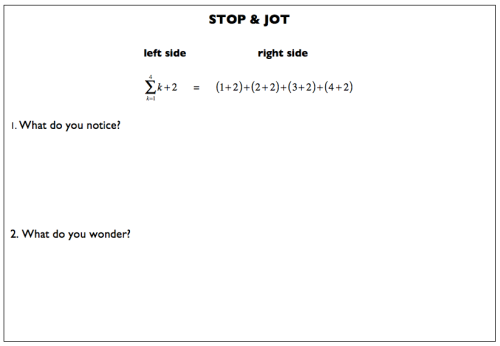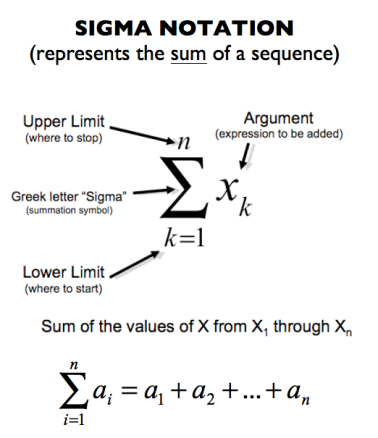
The next chapter of my career begins next week.
I’ll be teaching at a new school.
After a rewarding ten year tenure at my previous school, I made the decision to start anew. The move needed to happen for several reasons, both personal and professional. Moving on wasn’t something that hit me one day when I woke up. It was a slow, revealing process that took me over a year to fully accept. For anyone that’s been at a school for that long, you understand how bittersweet it can be to relocate. I left home.
I figured I would take some time to reflect in my transition. It might not happen again for a long time. First, the interview process.
I underestimated how much I would learn about myself. Over the course of four interviews and three demo lessons, I actually became a better teacher. I was presented with questions that I, being on several interview teams, was accustomed to asking candidates. I was asked to respond to the question all math teachers face. I was asked to share the percentage of my lessons that I consider to have a low floor and high ceiling. I was prompted about the nonnegotiable aspects of my classroom. I even experienced a progressive interview that consisted of pitching a course Shark Tank style, round robin meetings with several teachers, and a written reflection of the whole process. This really opened my eyes to what an interview can be.
All of the interviews put me in a position to think deeply about myself and my core values as a teacher. I do this regularly, but not in a way that forces me to formally present it to a stranger. In the moment, I discovered personal feelings and ideas about teaching that I wasn’t aware that I had. Who I am kidding, it was only my fourth job interview…ever.
I was fairly picky about my new school. Jokingly, a member of the interview team at my new school mentioned that it seemed like I was interviewing them. Well, I knew what I wanted. I knew that once I was in, I was in for the long term. I understood the level of commitment that I was making to myself and my new school – and I didn’t take that lightly. I wanted to be sure that my new home was the best place for my abilities and future contributions.
I wore so many different hats at my previous school (it was a small school by traditional standards). I created and maintained our GAFE suite and school website while supervising many after school activities including the intramural sports program, bicycle club, robotics team, tech team, among others. I was on several professional development committees and the LPP team. Not to mention the many other short-term commitments that came up that I volunteered to spearhead. All and all, I was considered a lead member of the staff, I played a central role.
Why do I bring all this up? What does it mean? It means that after securing my position in the spring, I’ve spent a considerable amount of time this summer pondering the rare opportunity that I now have. I’ve been coming to grips with the overwhelming idea of reestablishing myself as a teacher, teacher leader, and stakeholder. No one knows me. I don’t know the systems and structures to which I’ll be adapting. I don’t have seniority. No one cares about my history. I’m at zero. I’m just the new guy that teaches math.
And that is precisely why this dramatic change will elevate my career. I have the rare opportunity to rethink my practice from a rookie’s perspective. Surely there will be a period of adjustment. — the transition has already proved to be challenging in many ways. But, at the same time, my classroom will be as fresh as it’s ever going to be. I can reevaluate my assumptions. The bonds I make with students, colleagues, and the overall school community will be rooted in how I build my new reputation. I’m painting on an blank canvas.
Looked at in a certain light, I’m a new teacher again…except one with 10 years of experience to guide me. This blank slate provides me with a unique advantage over my development – one that I hope allows me to contribute greatly to my new settings. I hope this perspective enables me to invigorate to my classroom and my school. Plus — talk about timing — because luckily I’m going to be chronicling the first year of my adventures at my new school for the day in the life of a teacher book project.
Here’s to writing the next chapter.
bp
Note: My new school referenced my blog. I am led to believe that it played a role in the hiring process.









